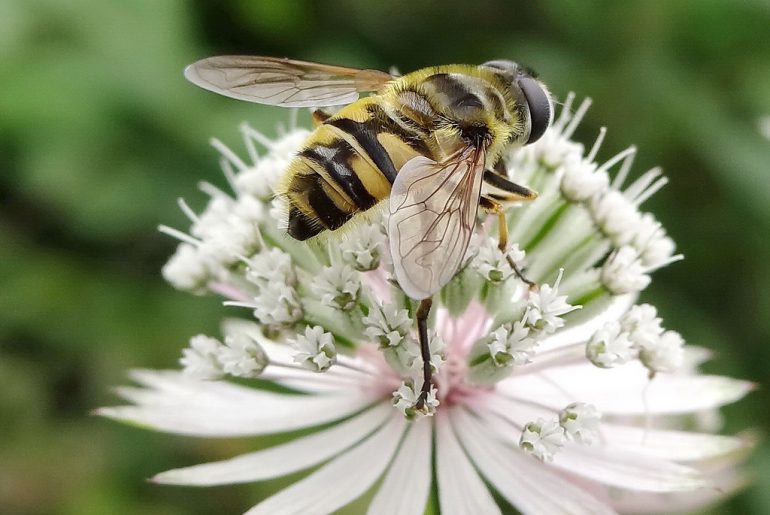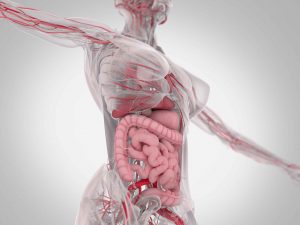We have always known that our mood affects our guts. My anxious patients complain of diarrhoea and my depressed patients of constipation.
I could never have imagined how much of a role the gut microbiota plays in communicating with the brain and modulating behavior. I never took “gut feeling” literally!
Our gut, the small intestine and the large intestine, is filled with over a kilogram of bacteria, the gut microbiota. That’s almost the weight of an average brain. These bacteria carry more than a hundred times the genes of the human genome. It is comprised of 150 common bacteria and thousands of less common bacteria.
In 2011 McMaster University in Canada started doing interesting experiments with mice. They bred bacteria-free mice and started transplanting gut microbiota between mice. (Gut microbiota, by the way, is essentially poop.) They had fascinating results. Shy mice became adventurous when they got the gut microbiota of adventurous mice and vice versa. Normal mice became anxious when they had the gut microbiota of anxious mice implanted.
But men are not mice.
So scientists started studying human poop. America has the Human Microbiome Project and Europe has the New Gut Project. New research results are changing the way we think about medicine, health and illness prevention.
One such trial has not been published yet. It is fresh from the lab. It was presented at last year’s European College of Neuropsychopharmacology (ECNP) congress, which I was privileged to attend. In this trial, they showed images to obese people with balanced microbiota and the same images to obese people with unbalanced microbiota (that is, microbiomes with a predominance of a few bacteria as opposed to diverse bacteria populations.) They monitored their brain activity with EEG’s and neuroimaging while they showed them these images. The images were highly evocative, of sex and violence, and mundane, of flowers and buildings. They also flashed images of junk food- burgers, chips, sweets in between all the other images. The obese people with unbalanced microbiota showed the same levels of arousal for junk food as for sex. The obese people with balanced microbiota did not find the junk food images evocative. When the vagus nerve (one of the main pathways of communication between brain and gut) was blocked, these differences in response disappeared.
These early results are fascinating. But although I’m sure that Big Pharma are working on “psychobiota”, it seems that humans are far more complicated than mice. The results of transplanting healthy biota into an obese gut and expect weight loss have not been impressive. It also does not work to take a whole load of antibiotics to kill off the microbiota, then top up with probiotics.
The system seems more dynamic than that. What does seem to work to build up a healthy gut biome is this:
- stay away from antimicrobial soaps and gels. Washing hands is important; antiseptic soaps might do more harm than good
- eat vegetables and fruit. Plant fibre is so good for gut bacteria that it is also referred to as “prebiotics”
- avoid sugar and processed food
- have a diverse and varied diet. This makes for diverse microbiota which is most robust to travelling, illnesses and inflammation
- Fermented foods- yummy kimchi, yoghurt where live cultures have been added
- play in the dirt, let your dog lick you, the 5 second rule is in again (If your food falls on the floor, you have 5 seconds to pick it up. Within reason of course: a clean kitchen floor- not the airport loos)
Further reading:
- Human Microbiome Project- www.hmpdacc.org
- New Gut Project- www.mynewgut.eu
- “What is gut microbiota? What is human microbiome?” Medical News Today, 24 March 2016, Markus McGill








